Pending the success or failure of long term strategy
Published on February 10th, 2015
(February 10, 2015; Day 3) – After two days of upwind sailing on port tack, the Volvo Ocean Race fleet was not able to quite lay the northern tip of the Philippines. So much for calling a layline from 600 nm away, which by all accounts, has been the most miserable two days of the race.
“On a discomfort scale of 1 to 10, I’d say we’re firmly pinned at 11,” reports Amory Ross on Alvimedica. “Only a small percentage of us are eating well, sleeping right, or operating at full capacity.”
As the fleet’s eastward path approached land, the question each team faced was what to do. “It is the million dollar question and only time will tell,” said Dee Cafari on SCA. “Will the fleet go to the Philippines or will we hitch north to Taiwan? This is exciting to be part of and no doubt exciting and slightly more comfortable to watch on the tracker from your armchair.”
Team SCA made the first bold move and tacked right after the position report, so as not to broadcast their split to the fleet. Brunel followed shortly after, probably because they could see each other on AIS. And the two of them on startboard tack have kept going and going due north… which is not the direction to the finish in Auckland.
The rest of the fleet have had a different plan. “Our routing agrees on tacking up the coast of Luzon,” noted Ross, with Dongfeng, Abu Dhabi, MAPRE, and Alvimedica extending on port tack all the way into the land, and now short tacking around the headlands and the bays of the northern Philippines.
Apart from the geographic land obstacles in their way, the Kuroshio Current could impact the outcome of what is now a 100+ nm split between the two groups. This oceanographic feature controls the climate of this part of the world, and as it can make saltwater rivers of 5-8 kts, it impacts how to cross Luzon Strait.
The models indicate the teams creeping round the headlands will spend more time in the oncoming currents, whereas SCA and Brunel to the north will be crossing the current at a more favorable area. They also have more breeze offshore compared to the group short tacking along the northern tip of the Philippines.
Until the entire fleet starts making the turn southeast toward New Zealand, the rankings will be pending the success or failure of long term strategy. For a race that has been subject to extreme closeness, it is finally seeing a major split.
Leg 4 (5,264 nm) Position Report (as of 21:40 UTC)
1. Dongfeng Race Team, Charles Caudrelier (FRA), 4747.5 nm Distance to Finish
2. Abu Dhabi Ocean Racing, Ian Walker (GBR), 2.1 nm Distance to Lead
3. MAPFRE, Xabi Fernandez (ESP), 2.2 nm DTL
4. Team Alvimedica, Charlie Enright (USA), 3.2 nm DTL
5. Team SCA, Sam Davies (GBR), 100.4 DTL
6. Team Brunel, Bouwe Bekking (NED), 107.5 nm DTL
7. Team Vestas Wind, Chris Nicholson (AUS), Did not start
Race website – Tracking – Scoreboard – Videos
Background: The 2014-15 Volvo Ocean Race began in Alicante, Spain on Oct. 11 with the final finish on June 27 in Gothenburg, Sweden. Racing the new one design Volvo Ocean 65, seven teams will be scoring points in 9 offshore legs to determine the overall Volvo Ocean Race winner. Additionally, the teams will compete in 10 In-Port races at each stopover for a separate competition – the Volvo Ocean Race In-Port Series. The fourth leg, from Sanya, China to Auckland, New Zealand (5,264 nm), began Feb. 8 with an ETA of Mar. 1-5.


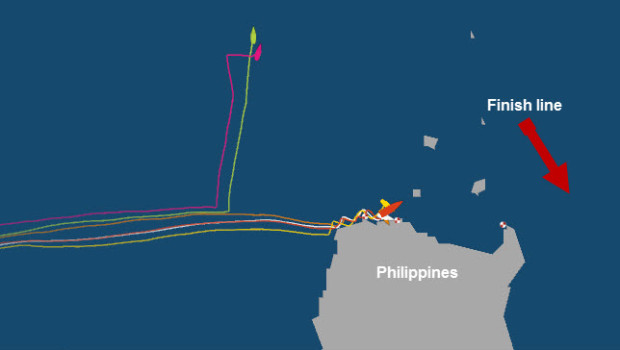


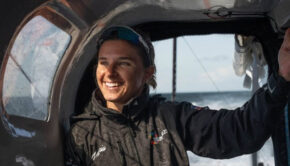
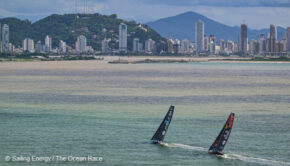
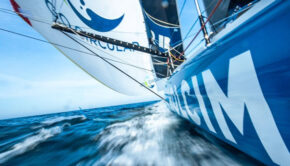
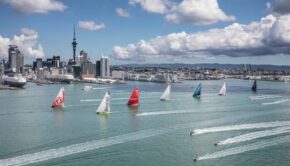
 We’ll keep your information safe.
We’ll keep your information safe.